What are the pillars of survival?
In the ASGU system, no pillar takes precedence over another. Endangering the security of your entire country. The first and most important part of surviving in nature. And yet, ignored by many for being too complicated.
Brian's shelter construction methods focus on. Which comes from being able to adapt to your environment and use what Mother Nature has provided to you to your advantage. During a mission in an extremely arid environment where physical exertion was intense, Brian's body lost almost 2 liters of water per hour. To keep up with this water loss, I sometimes had to drink up to 14 liters per day.
That's why Brian was trained with redundancy in mind. To collect that amount of water, he needed to know how to take advantage of absolutely all the water sources around him. However, he warned me that this was going to be a long process because it involved much more than a spill of knowledge. It also meant that Brian had to go out into the open air and build every shelter, every trap, every fire-starting method he talks about in the program in order to take pictures and include them in the final product.
A good coach will consider eight certain factors during any survival situation. These factors are called the “eight pillars of the survival protocol” and are especially crucial for wilderness survival. These pillars are shelter, water, food, fire, health, communication, safety and navigation. These are the reasons why these factors are very important in the survival protocol.
Water
This procurement, preparation and storage. We tend to avoid prioritizing water and only make a symbolic effort. We thought we could go buy a couple of boxes of bottled water, put it in a corner and “Yes!. Finished. Don't get me wrong, it's a good start.
Not only in terms of real resources, but also in the strategic mindset or proper planning for this preparation. We must take into account reasonably foreseeable problems. Is it reasonably to believe that there could be an interruption in our water supply? Yes, and it happens every day somewhere in the world. It doesn't just mean that the faucet doesn't work.
It could also be that the water is contaminated. Please DO NOT treat this with symbolic effort. We must understand how important water really is. The first block of this pillar is to have a water supply stored and ready to go.
You'll need to calculate your home's water needs. Ideally, you want to get a robust two-week water supply. This is something that is much better to overestimate than to underestimate. Calculate at least two liters per person in your household, per day of water.
This should go up to half a gallon per person. Based on that number, calculate your household needs for a minimum of one week, ideally two weeks, household requirements mean the people who are present and the people who are possible. In the event of a crisis, will someone come to you? You should keep them in mind and also take into account pets and livestock and the effects of animals. Calculate five liters per person in your household, per day.
This should be one and a quarter gallons per person, based on that number, calculate your household needs for a minimum of one week, ideally two weeks, it is crucial that you look forward to the next stage. Maybe you need to have enough water for a longer period, or your water could be compromised. You'll want to consider your ability to collect, transport, treat and store water. You have to think: “Where else could I go to get water? What can I pick it up with? How do I get it from where it is, back to me? How do I treat it to make it safe? How do I keep it? If you have collected water in a container that has not been treated, the container will become contaminated.
Shelter and Safety
You don't want to put your safe, treated water back into an untreated container. Make sure you have another container or system. Fundamentally, your shelter needs to protect you from environmental hazards. For me, who live here in northern Scandinavia, we are heading into extreme winter: double-digit negative temperatures, consistent with heavy snowfall and strong winds.
Heating and insulation of houses and whether cladding and waterproofing are a high priority of constructions here. It has been interesting to observe the areas that have gone into lockdown due to the pandemic. The ecosystem has been interrupted because many animals were used to feeding on human garbage. Rubbish bins in the back of restaurants write things.
Animals associate people with food and will take risks to approach people and access that resource. Your shelter also needs to protect you from animals. As the system begins to shrink and pressure begins to manifest, emergency services are re-prioritized. Then it will have to be your own fire department, your own nursery, your own school, your own pharmacy, your own hospital.
All of that infrastructure and resources you're used to accessing may not be available for some time. As the situation worsens, you must be increasingly aware of the risk and be prepared to manage it. Make sure you have smoke detectors in place, fire blankets, and fire extinguishers accessible. In addition to very young children, everyone needs to know where these things are and how to use them.
If you're not there at the time, whoever is there should know how to properly suppress a fire before it gets out of control. You have to try to maintain family routines as much as you can. You can't survive throwing away food for a week. The important thing to consider is the ease of preparation.
Health
Whatever you buy, imagine if you have water limitations or if the gas or electricity is turned off. How easy is it to prepare it? Things that require little or no preparation should rank very, very high on your list. Hygiene is the preventive side of things. As the network softens or potentially falls down, hygiene and sanitation routines are easily compromised.
If flushing toilet doesn´t work properly, or if the water doesn't run to wash your hands, it's easy to overlook those usual routines. Lack of sanitation, lack of good hygiene practices, is likely to harm more people than a gunshot wound. If the toilet doesn't flush, but you have a lot of gray water accessible, simply pour a bucket into that toilet and that creates the flushing action. Most modern toilets are designed as a gravity feed system.
If your toilet completely stopped working, do you have alternatives to that? Get sturdy garbage bags to cover the toilet and collect physical waste. Make sure you have a suppressor to finish it off, such as cat litter. Tie it up and dispose of it safely. To this day, no one can answer that question.
All we can do is be prepared. The Three Pillars of Survival Are Our Guide. Learn, Act Accordingly, and Stay Safe. It's your home away from home.
Keep the elements of the weather away. Rain, snow, wind and sun can increase your exposure to the elements and decrease survival. Light the fire in front of your shelter to increase the effectiveness of heat dispersion. To aid in the rescue, pack a shelter that is a highly visible color, such as light blue, bright red, or hunter orange, depending on the season.
Mark your shelter with XXX on tape or mud to indicate that help is needed to get an additional visual signal. TBA Drink plenty of fluids in the first 24 hours of a survival situation. Pack a metal water bottle to facilitate the water purification method by boiling it on the fire until it boils and then allow it to cool or drink slowly while it is hot to help maintain core body temperature. The 7 basic pillars are solid fundamental pillars, designed to help them with that and to help build resilience.
In a harsh environment, you may only have hours to create a shelter that will keep you and your group alive, so give this pillar the attention it deserves. The first pillar is personal, and you must face your fears of being in a mortal situation and find a way to overcome that fear. And since serious emergencies are likely to negatively affect your ability to communicate beyond shouting distance, this pillar explains how you can maintain contact with others in any situation.
Prioritization
It's up to the survivor to assess their situation and then focus on the pillar that is most important at that time. You have to understand that survival is a fluid and dynamic process, and when the survival situation changes, you must adjust what you are doing and move to the right pillar of survival. However, it is consistent with other pillars, the process of determining your needs, purchasing the equipment, bringing the necessary training to use it to its maximum efficiency, and the plan to bring them all together. It's almost impossible to be competent in everything, and that's why it's so important, especially in agriculture, to establish a network of friends with different skills related to the six pillars of survival.
Conclusion
Having a tool to work with, such as ASGU's 6 Pillars of Survival, will make you a safer and more competent survivor and overwhelmingly increase your chances of overcoming any situation life throws your way. I have summarized these actions in Three Pillars of Survival during a life-threatening situation, such as an active shooter, mass murderer, or terrorist attack. Outside of the 6 pillars of survival, other skills that are likely to be needed in a survival situation are land navigation and basic map reading. These pillars are designed to be built together, gradually and consistently, so that the main structure remains level.
While other pillars, such as food, water and shelter, sometimes take precedence, when you're in a hostile environment, the safety survival pillar is more critical than the others in the 6 pillars of survival.
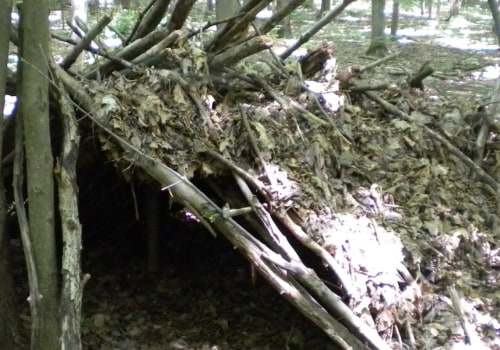
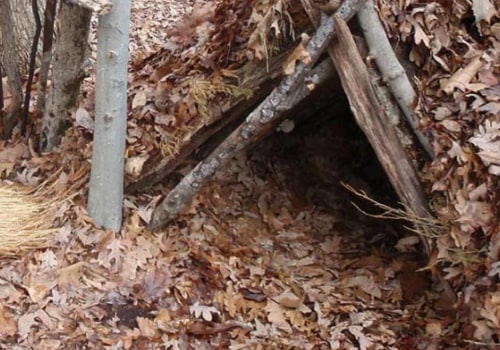
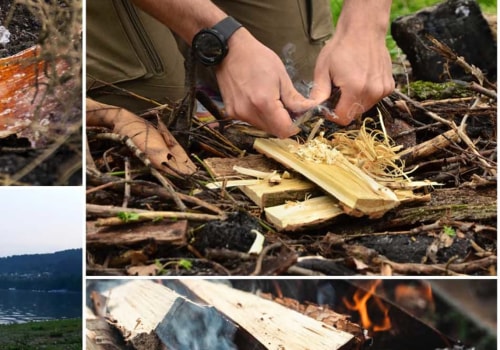
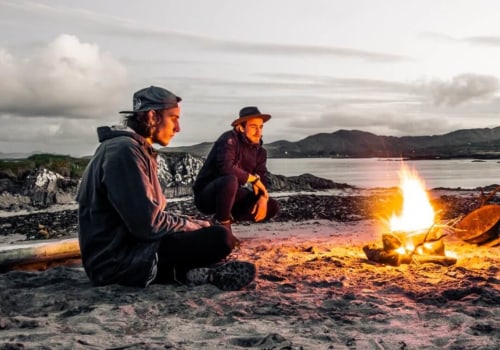
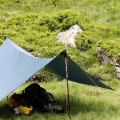


Leave Reply